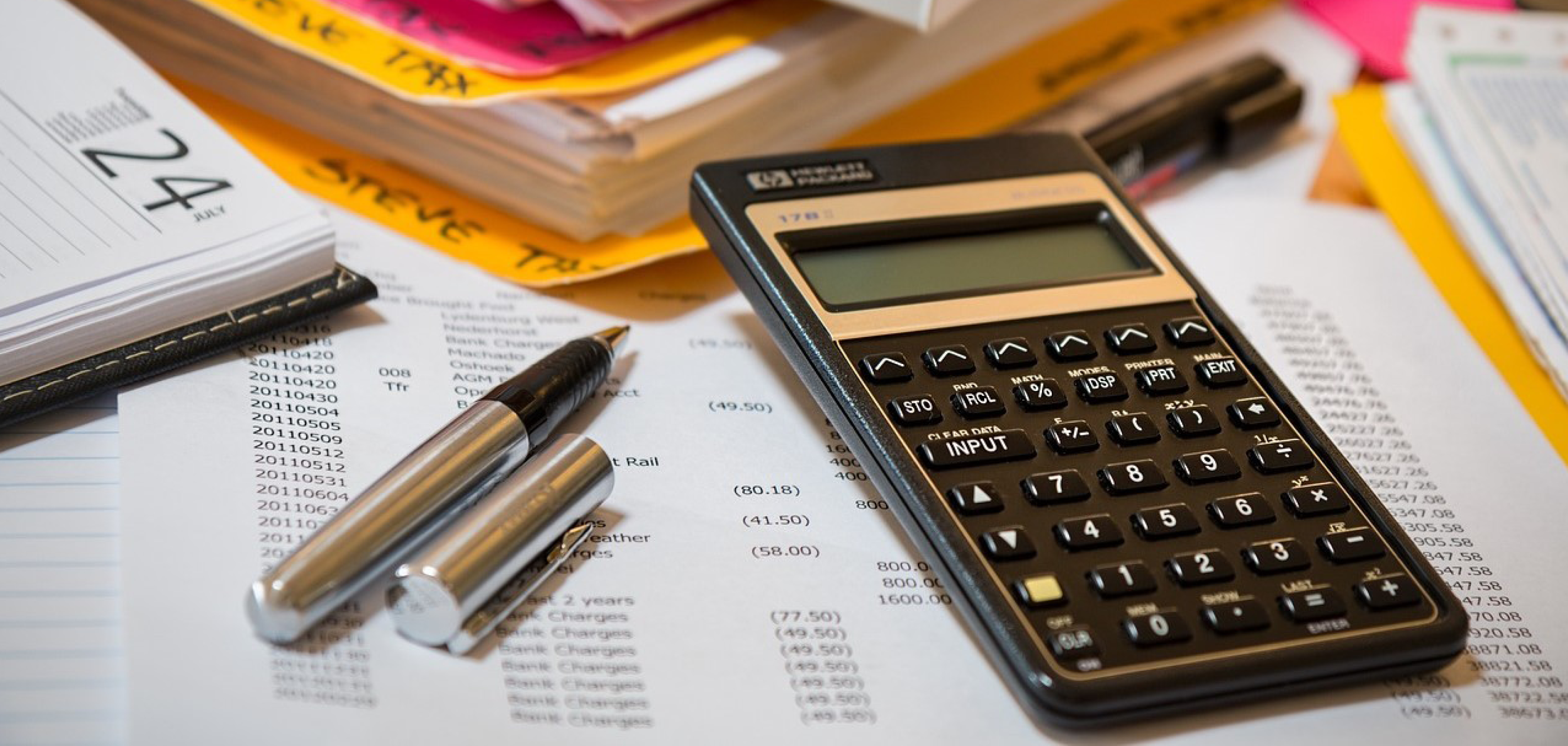
One of the most effective tax minimization planning tools farmers have available to them is the use of accelerated depreciation – in the form of section 179 deductions or the use of bonus depreciation. These strategies have been around for decades in one way, shape or form.
Both of these tools allow additional deductions up-front on an asset. For instance, the purchase of $700,000 tractor, without the use of section 179 or bonus depreciation, would be depreciated over a seven-year period. With the use of section 179 or bonus depreciation, this asset could be fully depreciated in the first year.
There are differences between section 179 and bonus depreciation that most notably include the following:
- Section 179 does not apply to general purpose barns - bonus depreciation does.
- Only $1,160,000 of section 179 can be used in 2023 (up to a $2.8 million dollar investment threshold) - bonus depreciation has no dollar limitation on how much can be taken.
- Section 179 can be applied to some of the asset’s purchase, whereas bonus depreciation applies to the entire asset class life (using our example, all seven-year assets would be bonus depreciated).
- Section 179 is limited to business income –. However, for individual taxpayers, section 179 can take your farm into a loss position, which is then limited by your other business or earned income (i.e., wages).
So, what is changing?
The 100% bonus depreciation begins to phase down effective January 1, 2023, at which point it will only be 80%. In other words, that $700,000 tractor you purchased above is maxed at $560,000 of bonus depreciation in 2023, with $140,000 being depreciated over a seven-year period.
Bonus depreciation will drop after 2023 according to the following schedule:
- 60% in 2024
- 40% in 2025
- 20% in 2026
- 0% in 2027
As you can see, the impact will continue to increase in future years as the depreciation percentage you are allowed to take reduces going forward. It is important to note that if you are below the section 179 thresholds, you may not see an impact. We will likely see a greater use of section 179 going forward.
However, it might feel like a double whammy given like kind exchanges are no longer allowed. In recent years, farmers have taken bonus depreciation to offset gains on the trade of assets (i.e. purchasing a new tractor and trading in the old one). That may not work going forward if you have already maximized your section 179 deductions.
Also, keep in mind that not all states follow the same section 179 and bonus depreciation rules as the federal tax code. It may make sense to tax plan earlier this year as the phase-down of bonus depreciation could influence decisions on the farm.
Reach out to your tax specialist, CPA, or your local GreenStone tax and accounting professional if you have questions related to this topic. Greenstone’s team of tax and accounting professionals are always ready to help with any of your financial related services.


